Brisbane should redefine itself as a forest city
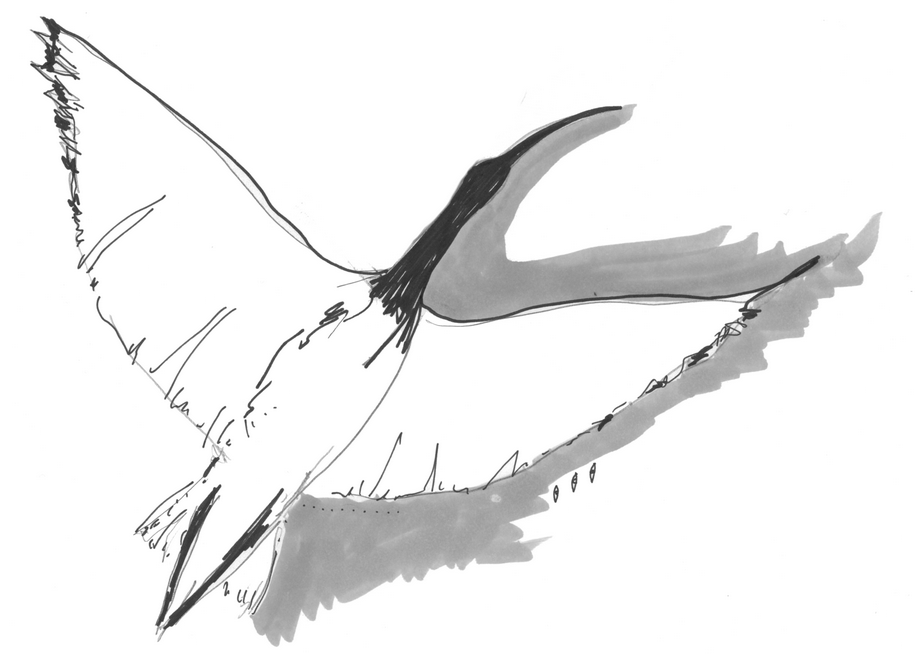
In certain circles, there's been a lot of reporting and commentary about how Brisbane doesn’t have a well-known ‘brand’ and that this is supposedly a problem to be solved in the lead-up to the Olympics.
Personally, I think Brisbane already has a strong, multi-faceted sense of identity, and the idea that something as big and complex as a city needs to be shoe-horned and over-simplified into a consistent ‘global brand’ is kinda ridiculous.
But if (as certain overpaid Olympics planners and marketing ‘experts’ are insisting) Brisbane ‘needs’ to develop a straightforward, easily-summarised narrative about what makes us special and different from a thousand other cities around the world, we should start by recognising that we are already Australia’s greenest major city. This is a key strength we could build upon as the world’s eyes turn towards us.
Generations of profit-hungry developers have left us with relatively little historic architecture to celebrate. And plenty of other cities have shopping malls, casinos, bars and stadiums. But Brisbane is a far leafier metropolis, blessed with more diverse and abundant wildlife than any previous Olympic host city.
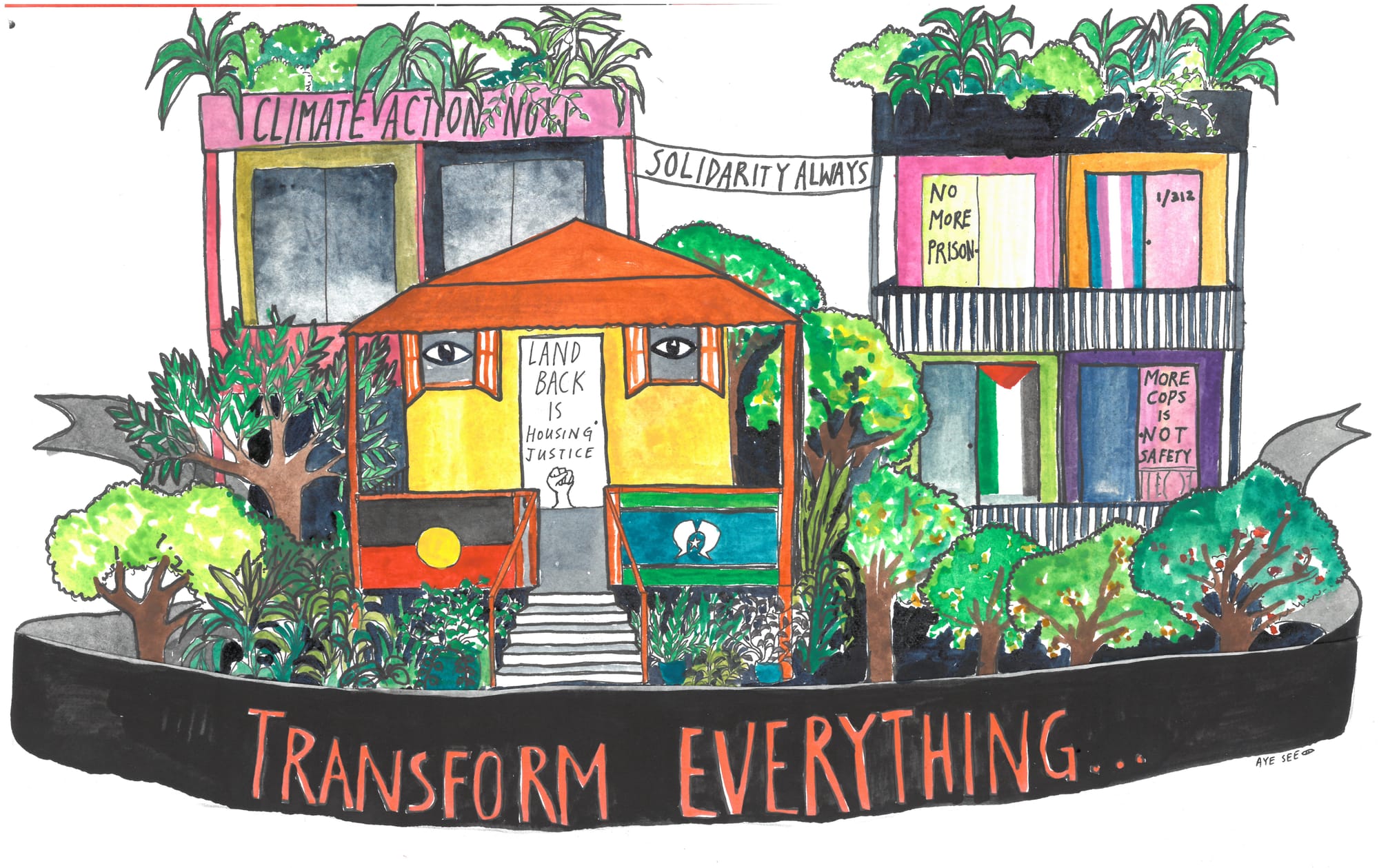
Many locals don’t give a second glance to ibis, bush turkeys, brushtail possums or eastern water dragons. But if you pay attention to tourists’ behaviour in places like South Bank, you’ll see a lot of them are much more interested in these quirky urban denizens – or the fig trees and flower beds – than in ferris wheels and posh riverside restaurants.
Compared to most big cities around the world, inner-Brisbane still features many large trees and lush gardens (although the past two decades of car-focussed, concrete-intensive mega-development have undeniably dragged us in the wrong direction, particularly in and around the CBD). We should make a bigger deal about this.
Mt Coot-tha and Toohey Forest represent two of Australia’s largest and most biodiverse remnant forest reserves within cycling distance of a city centre. Neither Sydney nor Melbourne have anything like them. Add in other major green spaces such as Barrambin/Victoria Park, Whites Hill, Boondall Wetlands and Karawatha Forest, plus urban creek corridors like Enoggera Creek, Kulpurum/Norman Creek, Bulimba Creek, Kedron Brook and Benarrawa/Oxley Creek, and we have the foundations to become a thriving forest city that’s bursting with life.
Despite numerous recent environmental vandalisms, you can still find koalas and even echidna within 5 or 6 kilometres of our city centre. If we added denser native vegetation to urban parks, and slowed down cars in certain areas, we could feasibly return many other charismatic species like potaroos, bandicoots and goannas to the inner-city. Maybe by planting more eucalypts along Enoggera Creek, perhaps one day we could even connect the koalas in Alderley’s Banks Street Reserve right through to Barrambin?
The river – our biggest wildlife corridor – is also part of this story. Dolphins are regularly spotted cruising past the CBD, and Maiwar’s periodic bioluminescence is a magical spectacle (which, sadly, many locals don’t even know about due to excessive riverfront light pollution). If we focus on revegetating upstream creek banks and preventing construction site sediment run-off, we could have a river that’s clean enough to swim in by 2032 (presumably with a couple enclosures to keep the bull sharks out). If even Paris can attempt such an ambitious goal, why can't we?
Of course, we still have a way to go before Brisbane’s claims to be a forest city would be taken seriously on the world stage. We won’t get there just with ‘green rooftop’ embellishments and private developers sticking a few climbing vines and pot plants on the balconies of highrise vanity projects. We need to preserve and enhance existing public green spaces, planting up more of the over-manicured lawns in council parks with multi-layered garden beds. And we urgently need to secure more urban land for new parks and bushland reserves too.
Spaces like King George Square would obviously require a green makeover, and highly flood-prone areas like the Kurilpa riverfront must be protected from private development and rejuvenated as a well-vegetated extension of South Bank Parklands. Naturally, we would have to reject ill-considered plans to turn public assets like Kangaroo Point’s Raymond Park into athletics tracks.
But it’s our thousands of suburban residential streets that are perhaps the most crucial ingredient for Brissie’s latent ‘forest city’ identity. Most Brisbane roads are wide enough to double as wildlife corridors if we are willing to plant not only street trees, but under-storey shrubs, flowering bushes and native ground-covers along more of our footpath verges and median strips. With a little imagination, we could create hundreds of kilometres of forested paths through our existing neighbourhoods. The flow-on benefits of introducing more dense, native vegetation to our streets and parks are too numerous to list.
As the planet warms, we need to drastically increase our urban greening efforts anyway. So if we really do need some kind of over-arching ‘brand’ to highlight for the Olympics, a ‘forest city’ feels like a far better option than the concrete, bitumen, and steel-dominated vision that our current leaders seem to prefer.
Perhaps the true reason the politicians keep casting about for some other ‘brand’ than ‘greenest ever Olympic host city’ is that the big end of town can’t work out how to make money off it. Luckily, they haven’t yet managed to impose ticketed entry fees on our fig trees and possums...
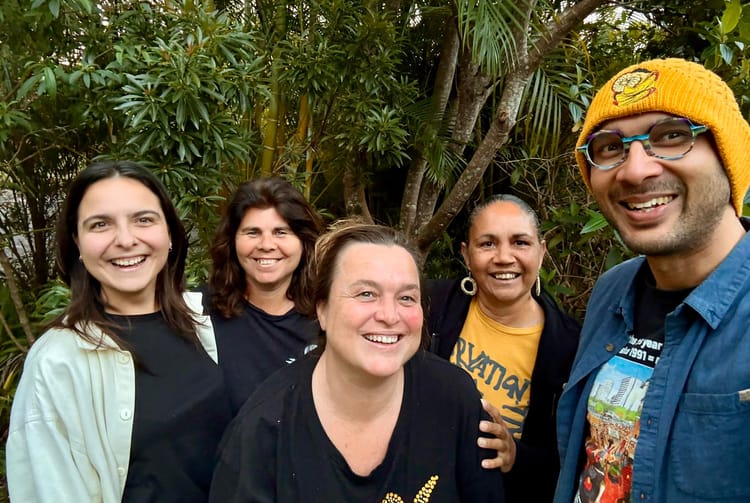
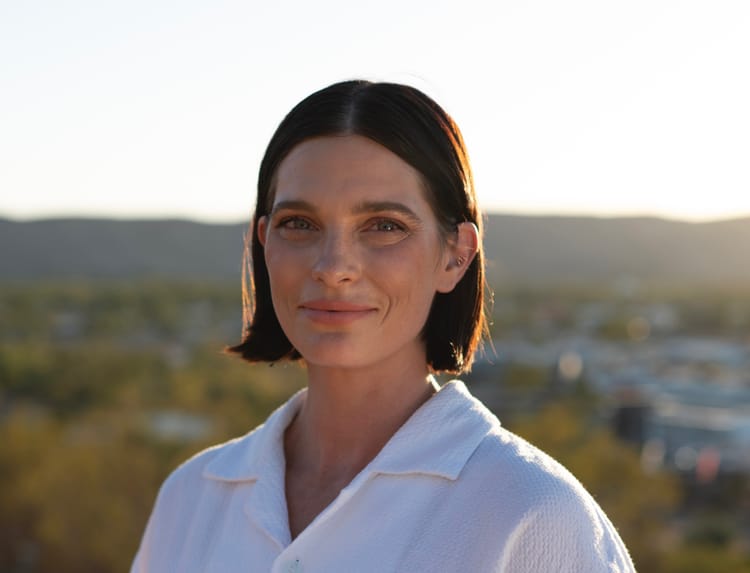
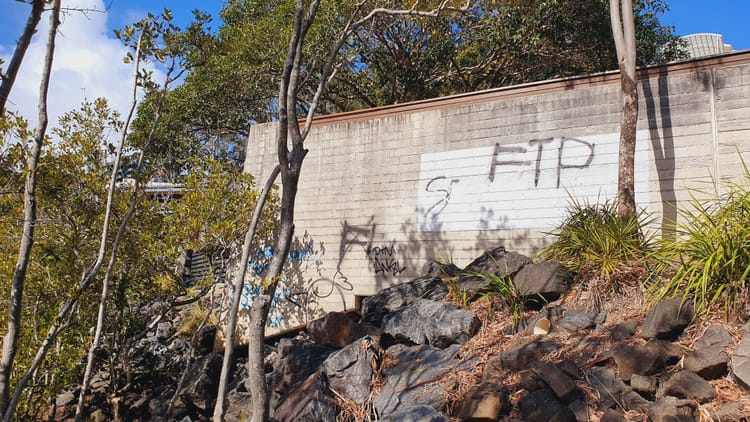
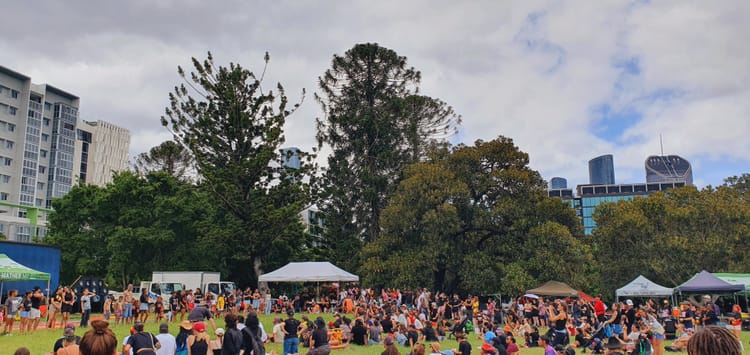

Member discussion